|
In the previous installments of this series, I wrote of some of my early influences and conclusions regarding the quick passing game. I spoke of my college coach, John Mackovic, and his influence on my thinking in terms of releasing receivers and utilizing personnel groupings. I then touched briefly on how I was exposed to John Jenkins' pass attack thorough one of his pupils, Coach Wes Cope. Then lucky enough to learn offense from both Norm Chow and Mike Heimerdinger, I had enough in the resource department to mold a system that not only gave the quarterback a maximum number of options on ever play, but provided an asthetic uniqueness as well. In this part, I'll write about how I blended these ideas, and the thinking and planning behind them. The mechanics of Chow's "66 F Scat" and Heimerdinger's "Spacing" plays, ironically from pro-oriented striaight drop systems, simply reinforced what the Run and Shoot had taught me: it is viable for the QB to work a quick combination, and then re-direct to alternate lanes of completion, rather than be forced to scramble/ throw the ball away . Further, the best passing teams in football had demonstrated that the best way to progress through a pass pattern was with the passer keeping time with his feet: a covered combination or route meant "hitching up," allowing the back foot to get set to the next receiver in the progression. Moreover, I found that it is better to systematically set up pass patterns to where second- and third-choice recieivers we alwas breaking into the passer's vision. This method of visioning became apparent to me during my senior season at Texas. I was in charge of our Passing Game Quality Control; though we had some impressive statistics that season, perhaps the most noteworthy was that two relatively inexperienced QBs (Sophomore Shea Morenz and Freshman James Brown) combined to throw 24 touchdowns versus only 8 interceptions that year. Further scrutiny of the interception tape revealed that 2 interceptions came on balls deflected at the line, while 6 happened as our passer was throwing to alternate receivers that were running in the same direction of his vision: As the QB looks from the primary (in this case the "comeback" by Z) and moves to throw the "in" to Y, he never sees the M linebacker, who initially dropped away, and simply floated into the middle of the pass pattern as our passer moved his eyes across the field. A pioneer in many aspects of football, Homer Smith was one of the first coaches I read about that recognized this danger in some pass patterns, and structured pass patterns to combat this. I sought him out, and the legendary coach was gracious enough to spend hours on the phone, discussing the nuts and bolts of his pass offense. The result was a blending of Run and Shoot's backside patterns to a called Quick Pass on the front side, though it is important to know that I removed the Run and Shoot's vertical reads (by the receiver). These combinations are what became known as "scan reads" in this system: In the diagram above, the rhythm of the play involved throwing quick to the right if available; if the combination was not to the quarterback's liking, he would "reset for depth"swinging his eyes to the left. The "A" receiver and the "X" receiver are on assignments that bring themselves into the passer's vision -- this is of the utmost importance, as it allows the QB to see interception danger in front of his targets as his eyes jump (or saccade) across the field. The goal for me was to be able to apply this principle of outlets to any personnel grouping or formation that we had. The key then, becomes creating the same picture for the quarterback as formations change. The ability to have a system of tagging players (and minimizing memorization) is of paramount importance, so the outlet system shown above can also be illustrated accordingly: By encorporating rules and tags that create familiarity and attack the entire width of the defense, and structuring the tags to fit to all formations in an attack, an offense can pinpoint the strengths of its personnel, while managing weaknesses. Moreover, the offense can create enough looks, without sacrificing rhythm or repetition, to keep a defense off balance.
4 Comments
In my first coaching stop, I was exposed to a wonderful blend of ideas: Houston's "Run and Shoot" passing game, (thanks to Wes Cope, a former UH graduate assistant) and a fulltime singleback offense, featuring 1 RB, 1TE, and 3 wide receivers as a base offense. This combination, while alarming to R&S purists, was perfect for me; I still see advantages that a TE/H-Back body provides that a fourth wide receiver simply cannot replace. The protections were what needed tweaking for my taste; more on that later. At any rate, we ran the complete array of Run 'n Shoot routes (Coach Cope didn't just install the basic 5 patterns; we even got to Wing Post or Flag, Throwback, Hook, etc.), and used the traditional quick combinations in a "Check with Me" manner. The QB would come into the huddle (yes, the good 'ol huddle days) and say something like "Right 90 or 91, Check with Me" -- which married a "Hitch" combination vs. soft corners, and "Fade/Out" vs. hard corners: Likewise, we paired slant/flat combinations vs. single-high safety looks with double slants vs. two-high safety configuratons. All this was pretty standard operating procedure for many offenses back then, but the funny thing about our pocket-based protections (the standard Dennis Erickson-esque 7 man drop back pro) was that it really did not allow for us to tap the passing system's full potential. It bothered me, even back then, that we almost always kept "attached" receivers in to block -- again, a product of my experience in Coach Mackovic's system. The backside features of the Run and Shoot were, to me, some of the best parts of the offense: I spent one season at that initial coaching stop, but at my next assignment (at Abilene Christian in 1996), I was further exposed to some truly great resources: Norm Chow, and the late Mike Heimerdinger. Though I had working knowledge of the West Coast Offense from my playing days, the time I spent visiting with these masters of offense was invaluable. Along with Coach Chow's flood game, and the intricate details of the drag concept from Coach 'Dinger, I learned the details of "F Scat" and "Spacing" from them, respectively. "66 F Scat" - this was the offense's (BYU in 1996) version of "Y Stick" In the words of Coach Chow himself -- "the thing that makes this play work is the hook over the ball." Conceptually, it was a quick defender key followed by the quarterback scanning into a receiver breaking back into his vision. Of note, I distinctively remember Coach Chow talking about experimenting with "X Scat"; college football would become well acquainted with this play as Reggie Bush and USC wreaked havoc on defenses some years later. In the WCO's spacing idea, an individual quick route was called, and the QB could throw to the primary reciever in normal 3-step rhythm, or progress to alternate receivers across the field: The advantages to this approach, in which the quarterback can come off of a quick target and "hitch up" to alternates, were clear to me. The pattern did not waste receivers, and if you taught the QB to progress to alternates in rhythm with his feet (his "hitch steps") in the normal dropback game, he would not feel as if the "rug had been pulled from underneath him" if you called a quick pass, and the defense had it covered. All the benefits of attacking the full width of a defense, with no new learning for the quarterback!
The above ideas were nothing new to football in 1996, and yet so few coaches were taking advantage of them. In the upcoming posts, I will reveal how I blended all these ideas into the quick game that I teach in my system, and also how I have expanded the definition of the quick concept in our terms, enabling an offense to carry very little dropback passing game, and yet still attack a defense consistently through the air. Regardless of philosophy or offensive system, most teams today employ some sort of "quick" passing game. From under center, these passes were thrown off of a 3-step drop, and usually featured isolation routes to the outside receivers and a maximum number of pass protectors: The quick passing game in this system is unique in it's presentation; in the next few entries I will detail my background in this particular concept, and the evolution that has led to its present form. When John Mackovic became Head Football Coach at The University of Texas at the end of the 1991 season, it was the first time I was exposed to a quick passing game that not only free released a running back from a 2-back set, but from single back sets as well: The NFL influences in Coach Mackovic's offense didn't only pertain to the pass patterns; it is also of note that both quick and standard drop back passes were protected the same way, which allowed for 6-man protections with the use of simple protection calls. "Hot Right/ Left" pertained to two back sets, while "Speed Right/ Left" complimented single back sets by incorporating the TE in the protection. Further, with the popularity of the West Coast Offense's use of the tight end and other inside receivers in the quick passing game (along with an All America tight end on our team), these ideas became enfused as part of the offense: Along the way, at the other end of the Southwest Conference, the University of Houston had been unleashing a passing attack never before seen in college football. In viewing the tapes of the Houston offense (issued to study defenses we were about to play) I became enamored by the fact that even in their quick passing game, Houston quarterbacks had the ability to reset, get depth, and find backside outlets: For a young coach like me, with an insatiable "appetite" for football, constant exposure to such ideas, combined with bosses that would allow me to expound on such creativity, the stage was set for the blending of all these ideas. In the coming posts, I will write about early stops in my coaching career, and conclusions reached in the present format of my quick passing game.
|
AuthorLiving in Allen, TX and using this outlet to not only stay close to the game I love, but to help pass on what I have learned from some of the game's great coaching minds. Categories
All
Archives
July 2021
|

|
|
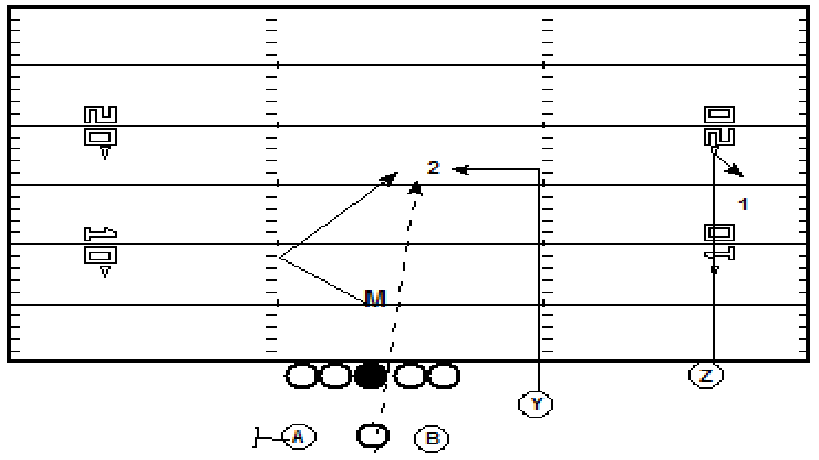
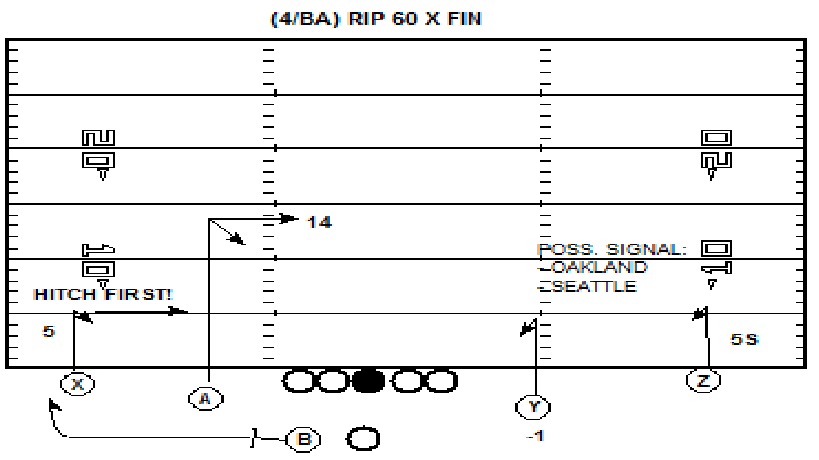
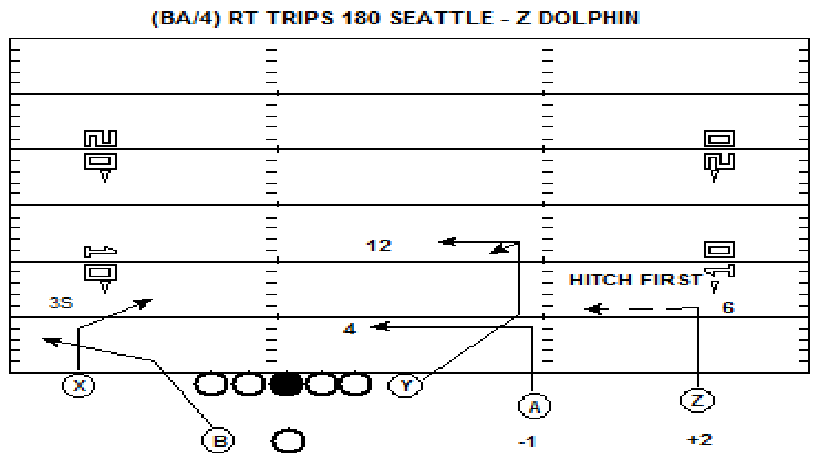
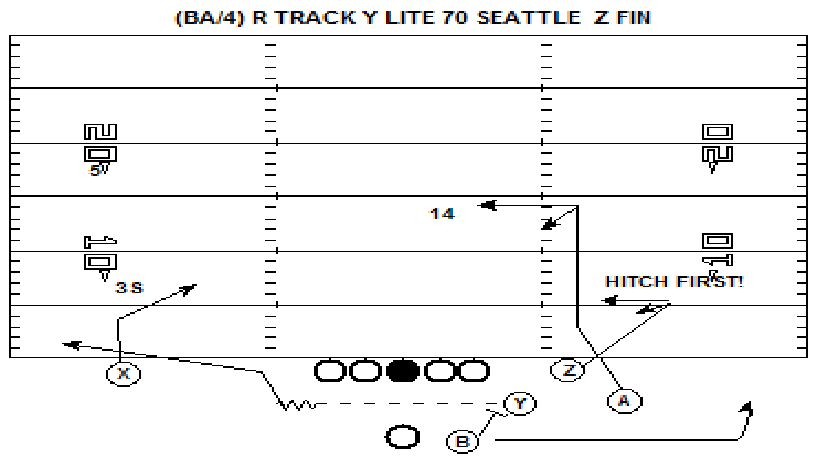
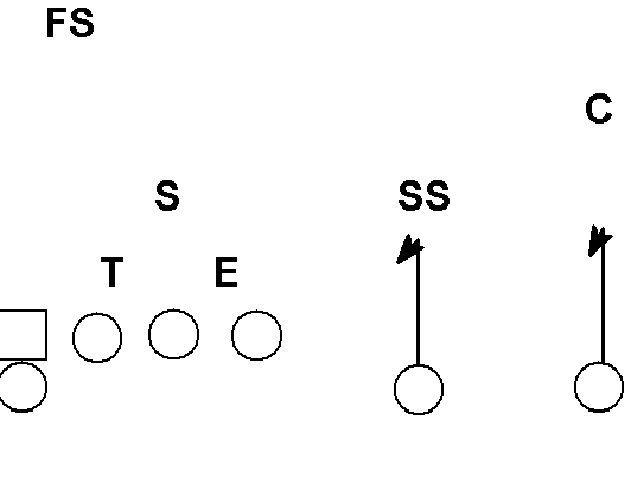
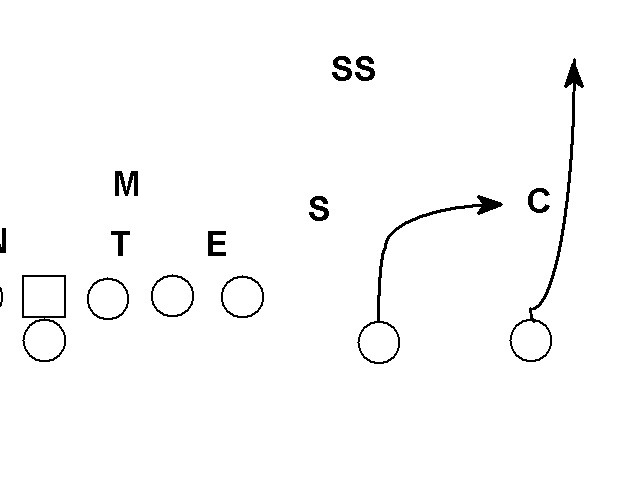
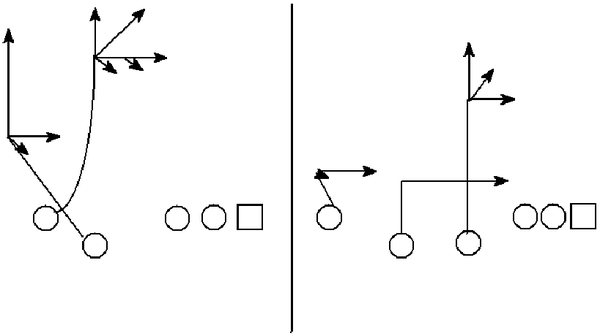
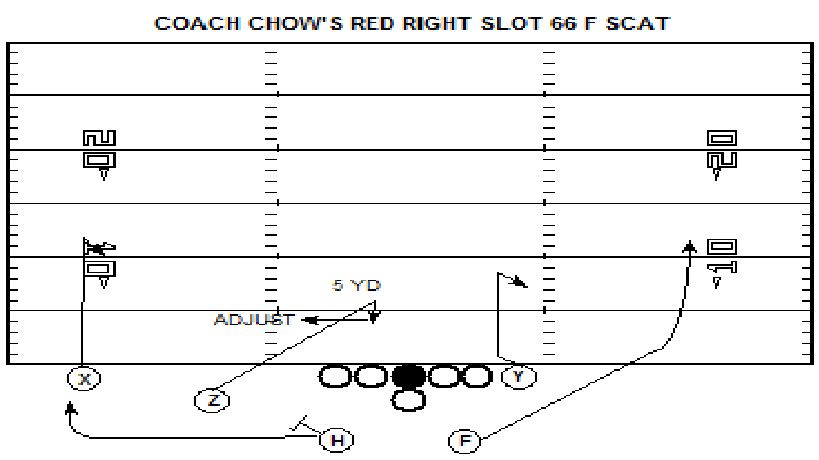
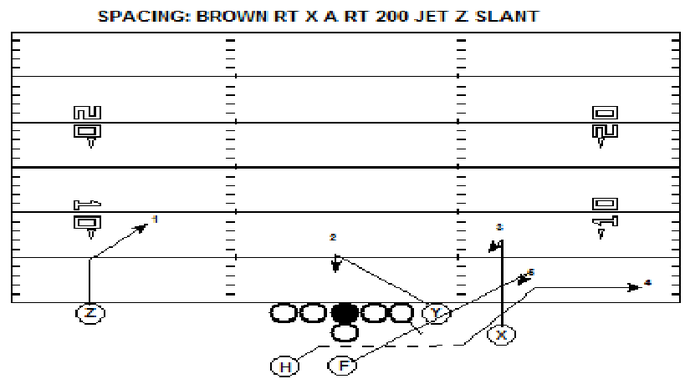
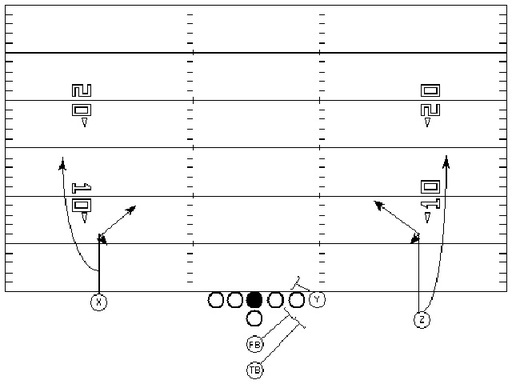
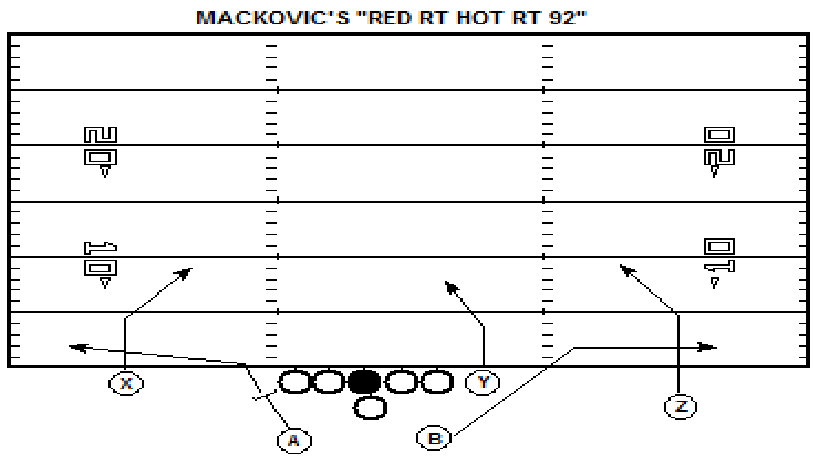
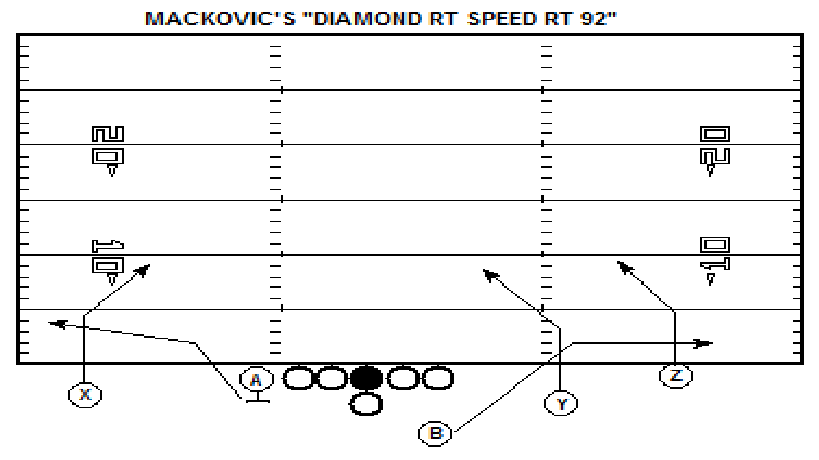
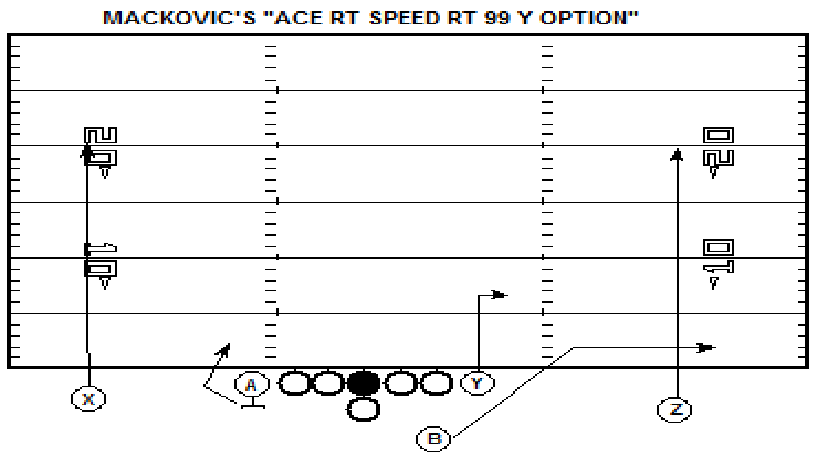
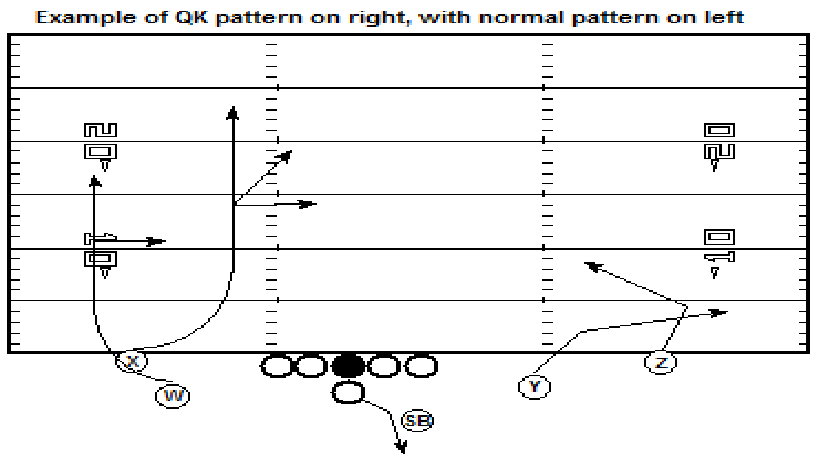

 RSS Feed
RSS Feed
